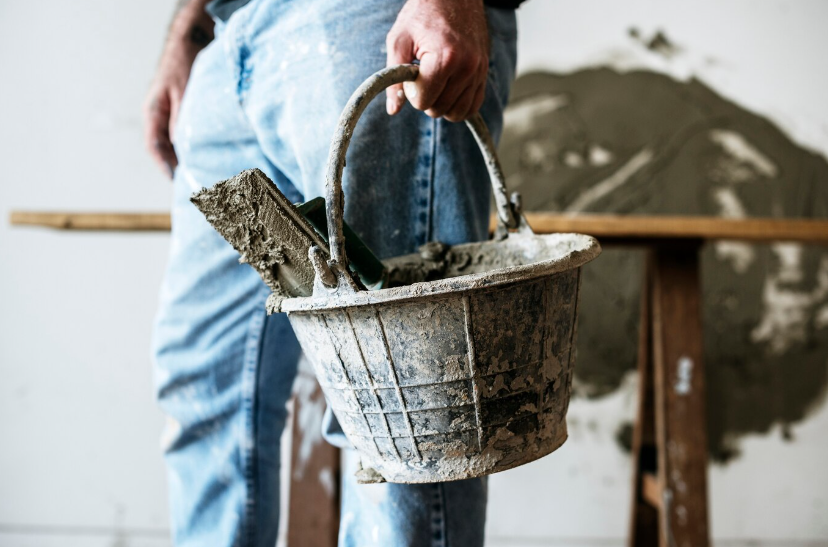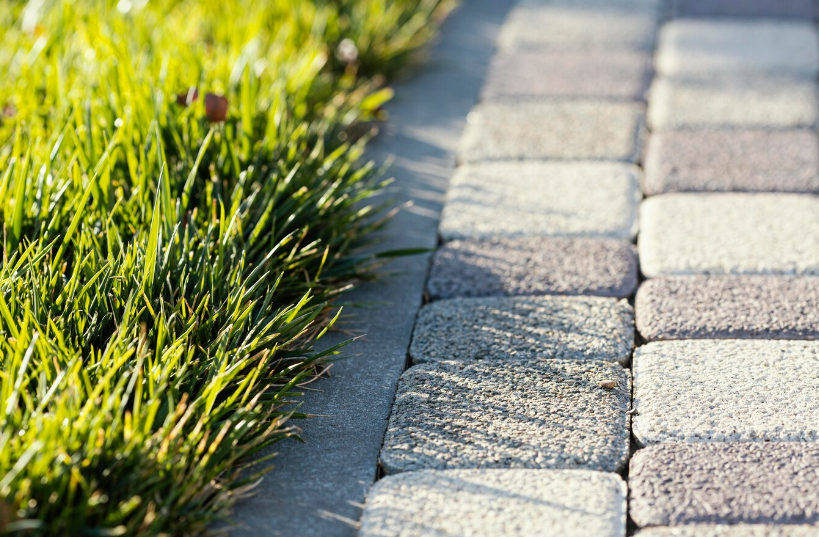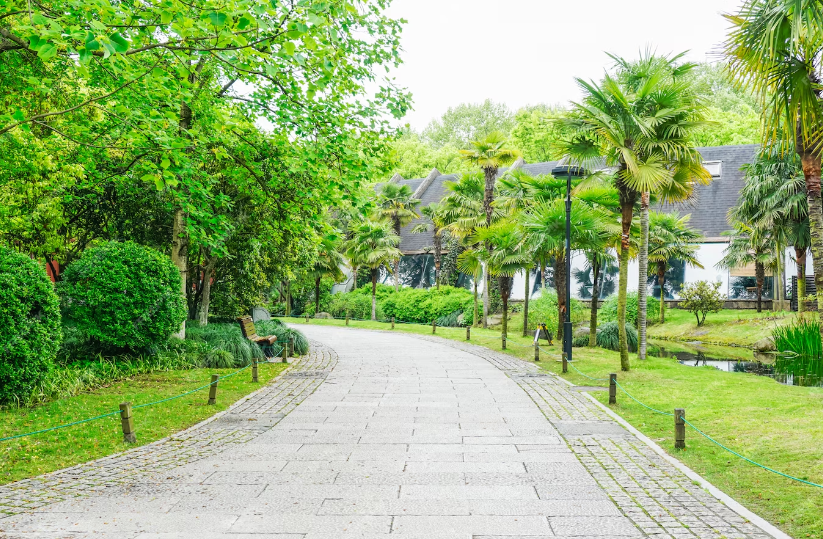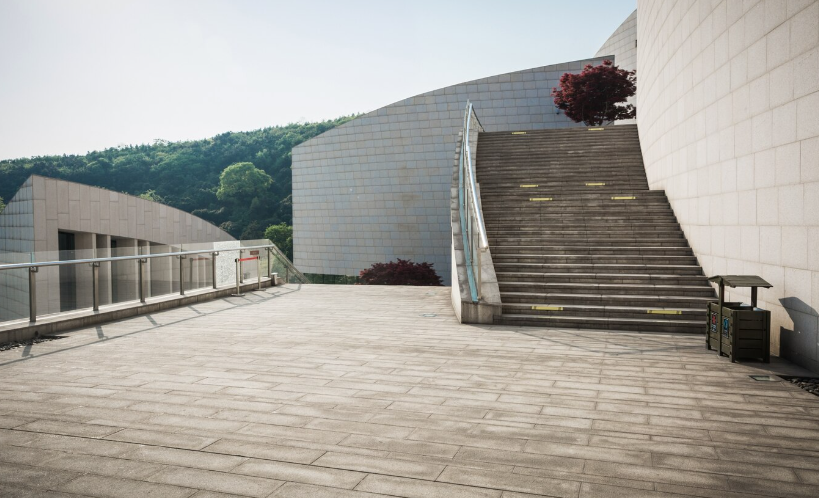Understanding concrete is essential for anyone involved in construction or home improvement projects. Here are some key points to know:
- Composition: Concrete is a mixture of cement, aggregates (such as sand and gravel), and water. Cement acts as the binding agent that holds the mixture together, forming a solid mass when cured.
- Curing: After pouring, concrete undergoes a curing process to attain its full strength and durability. Proper curing involves keeping the concrete moist and at a consistent temperature for a specified period, typically around 28 days. This allows the cement to hydrate fully and the concrete to achieve its maximum strength.
- Strength and Durability: Concrete is renowned for its strength and durability, making it an ideal construction material for a wide range of applications. It can withstand heavy loads, temperature fluctuations, and exposure to elements like water and chemicals without deteriorating quickly.
- Varieties: There are different types of concrete tailored for specific applications, such as ready-mix concrete, precast concrete, and decorative concrete. Each type has unique properties and characteristics suited for various construction needs.
- Maintenance: While concrete is durable, it still requires proper maintenance to ensure longevity. Regular cleaning, sealing, and repairs are essential to prevent cracks, stains, and other forms of deterioration.
- Decorative Options: Concrete offers versatility in design, allowing for various decorative finishes and textures. Techniques such as stamping, staining, and polishing can transform plain concrete surfaces into aesthetically pleasing features for both indoor and outdoor spaces.
- Environmental Impact: Concrete production can have environmental implications due to the energy-intensive process of cement manufacturing and aggregate extraction. However, efforts are being made to develop more sustainable concrete mixes using recycled materials and alternative cementitious materials to reduce its environmental footprint.
Understanding these aspects of concrete can help homeowners, contractors, and builders make informed decisions when working with this versatile building material.







